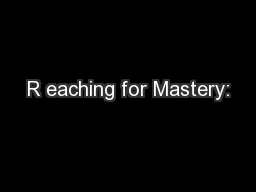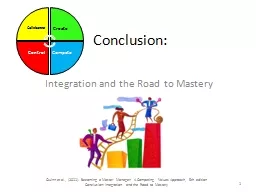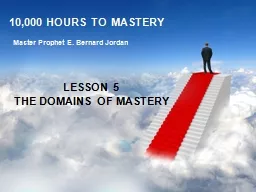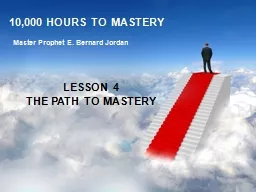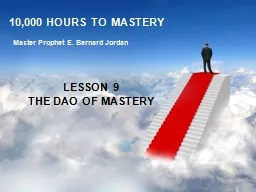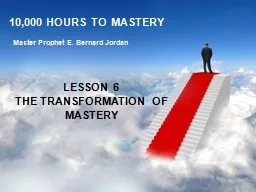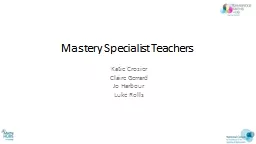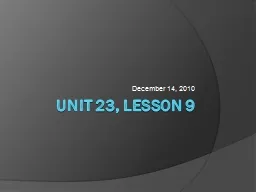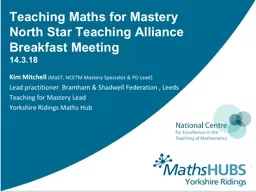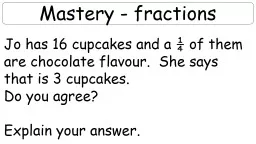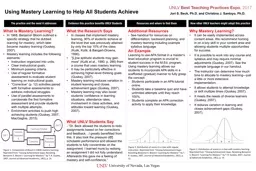PPT-R eaching for Mastery:
Author : tatiana-dople | Published Date : 2017-03-21
Achievement for All John Mason Meeting the Challenge of Change in Mathematics Education Kent amp Medway Maths Hub Maidstone Kent July 2016 The Open University
Presentation Embed Code
Download Presentation
Download Presentation The PPT/PDF document "R eaching for Mastery:" is the property of its rightful owner. Permission is granted to download and print the materials on this website for personal, non-commercial use only, and to display it on your personal computer provided you do not modify the materials and that you retain all copyright notices contained in the materials. By downloading content from our website, you accept the terms of this agreement.
R eaching for Mastery:: Transcript
Download Rules Of Document
"R eaching for Mastery:"The content belongs to its owner. You may download and print it for personal use, without modification, and keep all copyright notices. By downloading, you agree to these terms.
Related Documents

